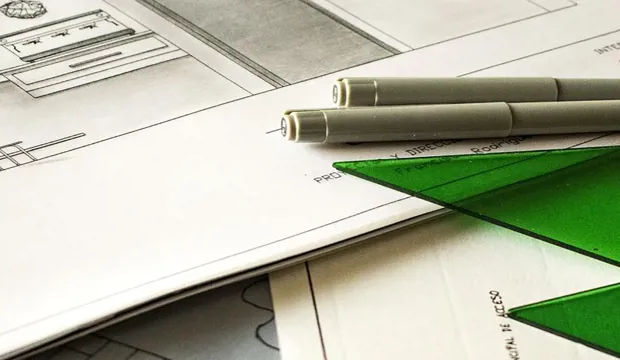
Measure time with a water clock
Learn how to make a water clock that can be used to measure a set period of time
In this fun STEM activity for kids, students will discover how water can measure time using principles from ancient Greece by creating a Greek water clock.
This activity is aimed at primary school children and could be used as a main lesson activity, to introduce time and associated calculations or to teach learners about how the ancient Greeks have affected life in the modern world. It could also be extended to introduce experimental practices in science.
Activity: Measure time with a water clock
This is one of a set of resources designed to allow learners to use practical methods to support the delivery of key topics within the national curriculum. This resource is based on making a water clock that helps time a set duration/period.
In this free resource learners will be expected to make an accurate timing device using simple objects. They will also be challenged to explore the variables which affect the amount of time measured.
Students will work in pairs to create a practical aid to measure time using paper, plastic cups, and string.
Whilst each individual can make their own clock, the use of the clock and experimentation in this activity is more straightforward if carried out by learners working in pairs.
Access to water and a wet area is needed. Free activity sheets and resources for teachers are provided.
The engineering context
Timing helps to ensure that activities are carried out in the correct sequence. Knowing how long an activity takes means you can work out how much the labour to complete it costs, which contributes to how much customers will have to pay for the activity or manufactured item.
The ancient Greeks
This activity is inspired by the achievements of Ancient Greece. The ancient Greeks influenced the modern world in many ways and made important contributions to the fields of science, technology, engineering, and mathematics.
Without electricity or mechanical clocks, the ancient Greeks were largely reliant on sundials to measure time. While the Greeks were able to develop sundials of considerable complexity, there is one fundamental problem with the sundial as a timekeeping device; they don’t work at night. Therefore, as a solution to this the ancient Greeks developed their own version of one of the oldest methods of keeping time, the water clock. These took the form of earthenware vessels called clepsydra, or “water thief”. Clepsydra were used for many reasons, including in Grecian law courts to measure the amount of time someone was speaking for.
There are two different types of water clocks: inflow and outflow. In an outflow water clock, time is measured by how much water has been drained out of a container marked with lines indicating time. Conversely, in an inflow water clock time is measured by how much water has filled up a marked container.
Download the free activity sheet below!
All activity sheets and supporting resources are free to download, and all the documents are fully editable, so you can tailor them to your students’ and your schools’ needs.
The activity sheet includes teacher notes, guidance, useful web links, and links (where appropriate) to the national curriculum in each of the four devolved UK nations; England, Northern Ireland, Scotland and Wales.
Please share your classroom learning highlights with us @IETeducation




